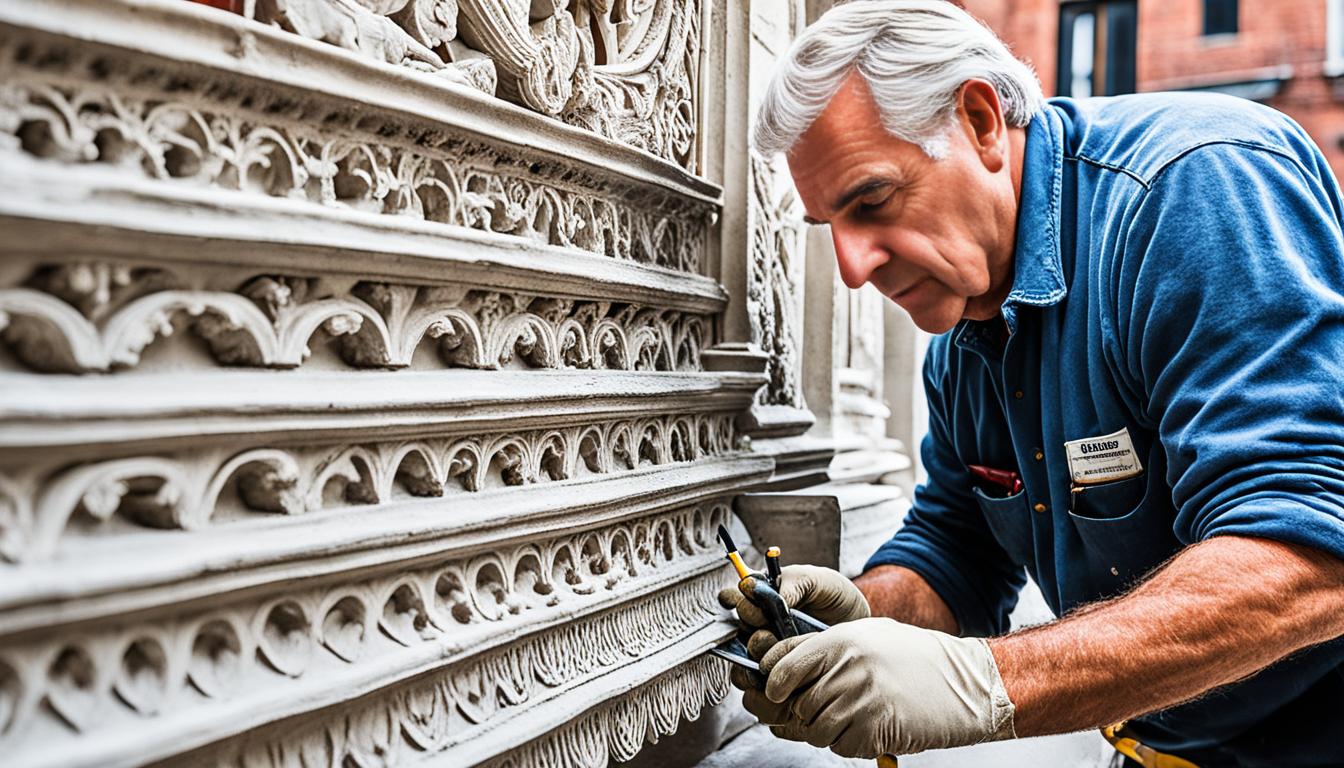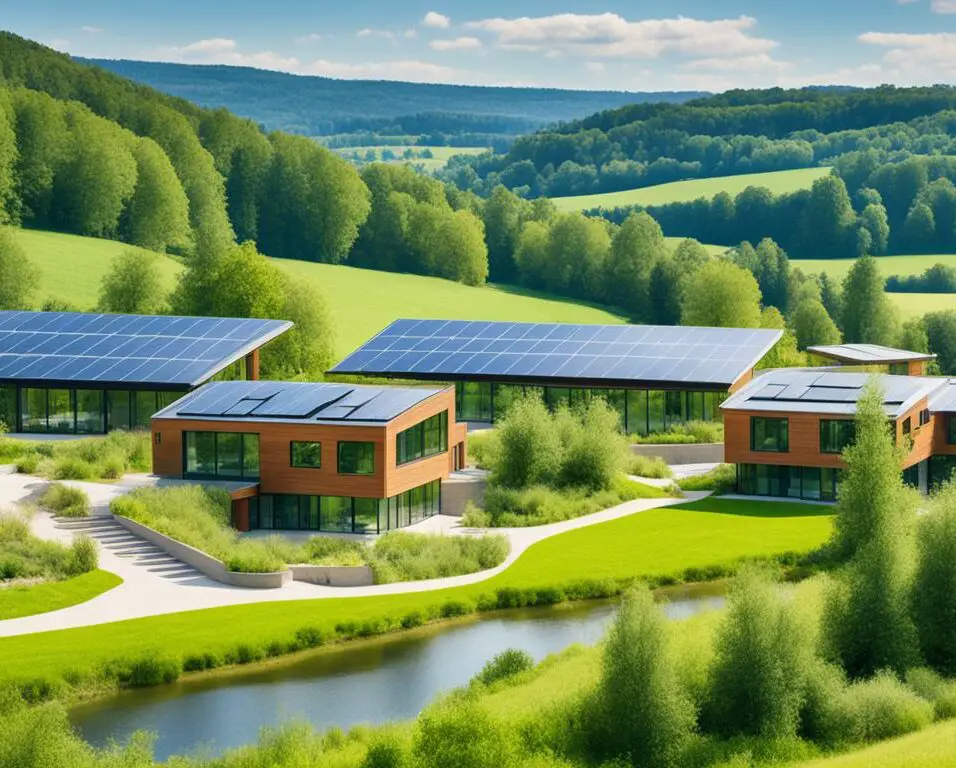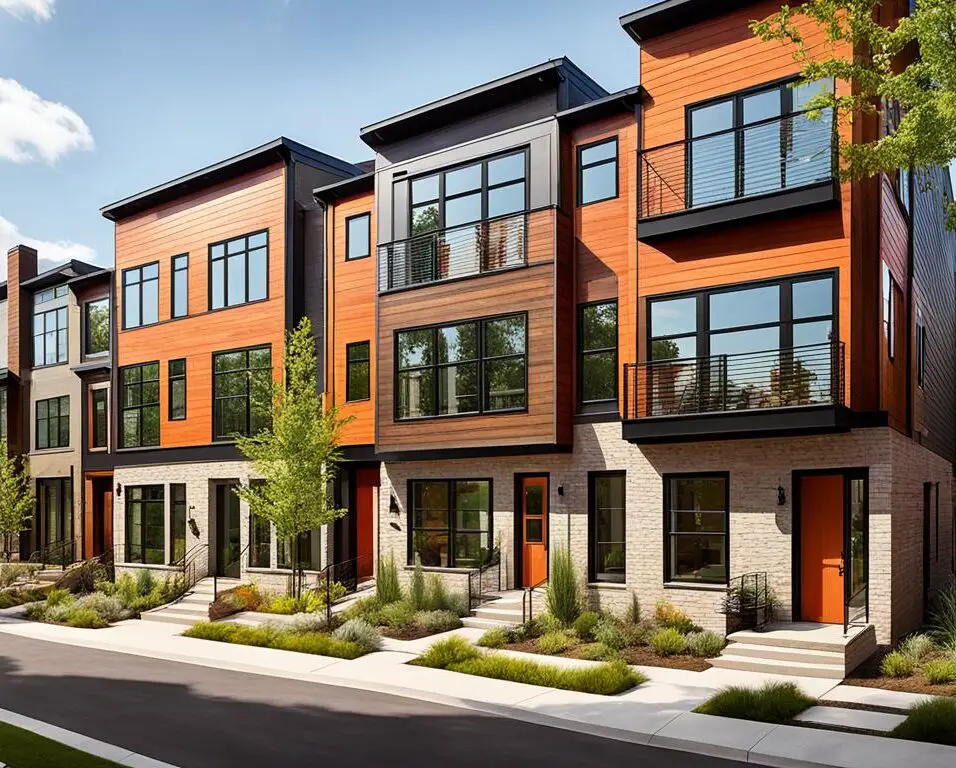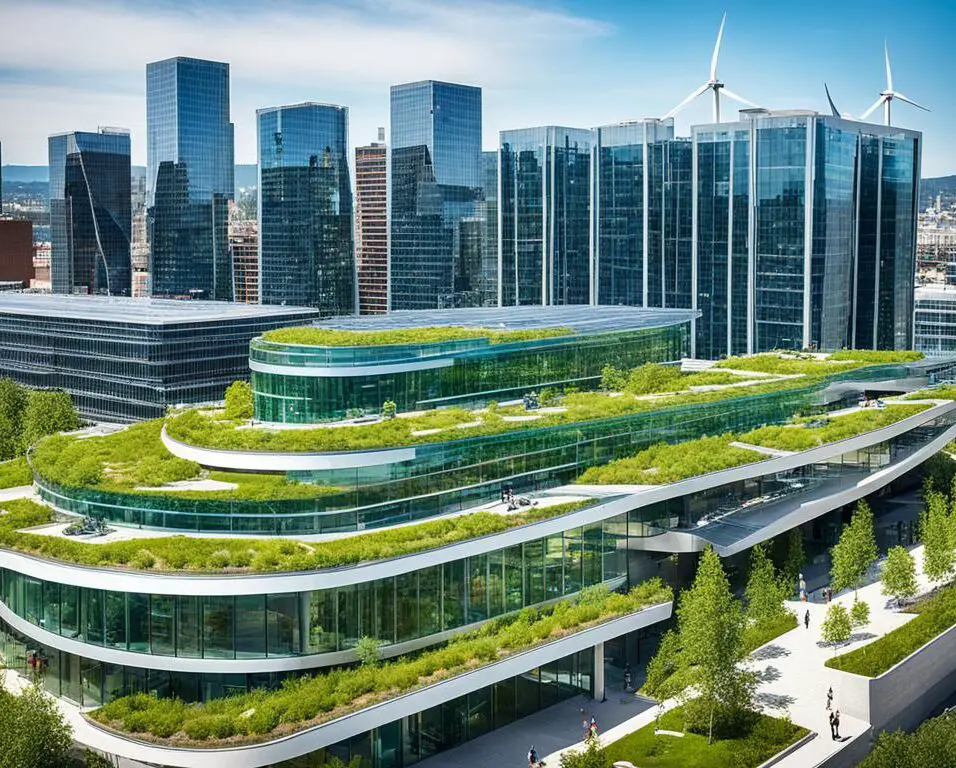Preserving History: Techniques for Heritage Building Conservation
As an advocate for preserving history, I am passionate about ensuring the longevity of America’s historic structures. Heritage building conservation is a crucial undertaking that goes beyond mere maintenance. It involves employing various techniques and strategies to safeguard these architectural gems and preserve their cultural significance for future generations to cherish.
Heritage building conservation holds immense importance in our society. These structures are not just physical manifestations of the past; they are a tangible link to our history, providing glimpses into the lives and stories of those who came before us. By carefully preserving and restoring these buildings, we can foster a sense of connection and appreciation for our cultural heritage.
In the following sections, I will delve into the techniques used in heritage building conservation. From meticulous documentation and research to structural stabilization and facade restoration, each step plays a crucial role in ensuring the preservation and integrity of these historic structures.
Looking to the future, it is important to embrace modern technologies and sustainable practices in heritage building conservation. Innovations such as 3D scanning and modeling can aid in the restoration process, while eco-friendly materials and energy-efficient systems can minimize the environmental impact. The integration of these advancements will shape the landscape of heritage building conservation in the years to come.
In conclusion, heritage building conservation is not just about preserving physical structures; it is about safeguarding our collective memory and passing it on to future generations. By employing techniques rooted in expertise and embracing modern advancements, we can continue to cherish and learn from America’s historic buildings for years to come.
Key Takeaways:
- Heritage building conservation is crucial for preserving the cultural significance of America’s historic structures.
- Techniques such as documentation, structural stabilization, and facade restoration are essential in ensuring the longevity and integrity of these buildings.
- The future of heritage building conservation lies in the integration of modern technologies and sustainable practices.
- Preserving our collective memory through heritage building conservation allows future generations to appreciate and learn from our history.
- Heritage building conservation requires expertise, dedication, and a commitment to cultural preservation.
The Importance of Heritage Building Conservation
Heritage building conservation plays a vital role in preserving our historical and cultural heritage. These buildings are not just bricks and mortar; they are tangible links to our past. Preserving history through heritage building conservation is essential for maintaining a connection to our roots and ensuring that future generations have the opportunity to learn from and appreciate the cultural significance of these structures.
Heritage buildings hold stories of the past, bearing witness to significant events and architectural styles that have shaped our nation’s history. By conserving and restoring these buildings, we protect our collective memory and pay homage to the people who lived and worked in them.
“Heritage building conservation allows us to experience history firsthand. It enables us to walk in the footsteps of those who came before us and gain a deeper understanding of our cultural heritage.” – Sarah Thompson, Historian
Through heritage building conservation, we preserve not only the physical structures but also the stories, traditions, and values associated with them. These buildings serve as educational resources, providing a tangible connection to the past for future generations.
| Benefit | Description |
|---|---|
| Historical Preservation | Conservation efforts ensure that the historical integrity and original architecture of heritage buildings are preserved. |
| Cultural Heritage | By protecting and restoring heritage buildings, we safeguard our cultural heritage, including traditions, customs, and social history. |
| Economic Impact | Heritage building conservation contributes to local economies through tourism, job creation, and revitalization of neighborhoods. |
| Sense of Identity | Preserving heritage buildings helps communities maintain their unique identity and strengthens their sense of pride and belonging. |
By understanding the importance of heritage building conservation, we can ensure that these valuable structures continue to enrich our lives and inspire future generations. As custodians of our cultural heritage, it is our responsibility to protect and preserve these landmarks for the benefit of present and future society.
Techniques for Heritage Building Conservation
Preserving historic buildings requires a careful and strategic approach. To ensure the longevity and integrity of these structures, experts employ various techniques and methods in heritage building conservation. By employing these techniques, they not only preserve the historical significance of the buildings but also contribute to the cultural heritage of the community.
1. Careful Documentation and Research
Before undertaking any conservation work, experts thoroughly document and research the building’s history, architectural design, and construction materials. This meticulous process provides valuable insights into the building’s original features and aids in determining the most appropriate restoration methods.
2. Structural Stabilization
To address any structural issues and prevent further deterioration, experts focus on stabilizing the foundations and structural elements of heritage buildings. This involves assessing the building’s structural stability and implementing reinforcement techniques, such as installing steel beams or carbon fiber reinforcements, to strengthen the overall structure.
3. Facade Restoration
The facade of a historic building is often its most visually significant feature. Restoration involves carefully cleaning and repairing the exterior, removing any damaged or deteriorated materials, and replicating missing decorative elements. Skilled craftsmen use traditional techniques to match the original design and materials, ensuring the building’s historical authenticity is preserved.
4. Use of Appropriate Materials and Techniques
Preserving the authenticity of a heritage building requires using appropriate materials and techniques in restoration. Experts source materials similar to the original ones or use compatible alternatives to maintain the building’s aesthetic and structural integrity. It is crucial to strike a balance between preserving historical accuracy and incorporating modern building practices that enhance the structure’s longevity.
| Technique | Description |
|---|---|
| Careful Documentation and Research | Thoroughly documenting the building’s history and architectural features to inform restoration decisions. |
| Structural Stabilization | Implementing techniques such as reinforcement to strengthen the building’s foundations and structural elements. |
| Facade Restoration | Cleaning, repairing, and replicating missing elements on the building’s exterior, preserving the historical aesthetic. |
| Use of Appropriate Materials and Techniques | Selecting materials and utilizing techniques that balance historical accuracy and modern building practices. |
By deploying these techniques, experts in heritage building conservation ensure that the original character and heritage value of the structure are meticulously maintained. These preservation efforts safeguard the cultural significance of historic buildings for future generations to appreciate and learn from.
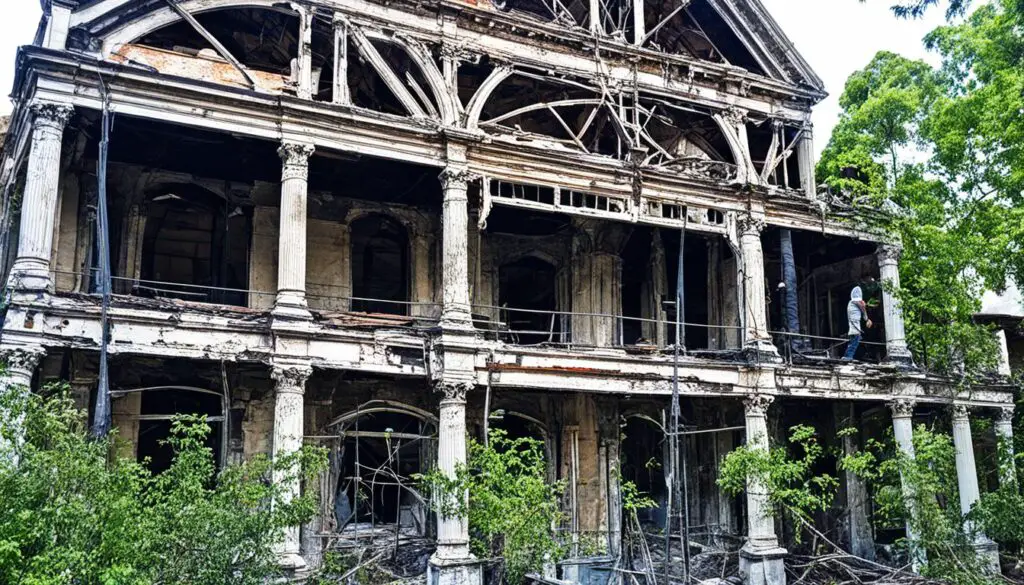
The Future of Heritage Building Conservation
As we look ahead to the future, it is clear that the preservation of heritage buildings will require the integration of modern technologies and sustainable preservation practices. These advancements will shape the way we approach heritage building conservation, ensuring the continued protection and appreciation of our cultural treasures.
A key technological development that holds great promise for the future of heritage building conservation is 3D scanning and modeling. This innovative technology allows for detailed documentation of historic buildings, capturing every intricate detail and ensuring accurate preservation efforts. By creating a digital replica of a building, conservationists can analyze and plan restoration projects with unparalleled precision.
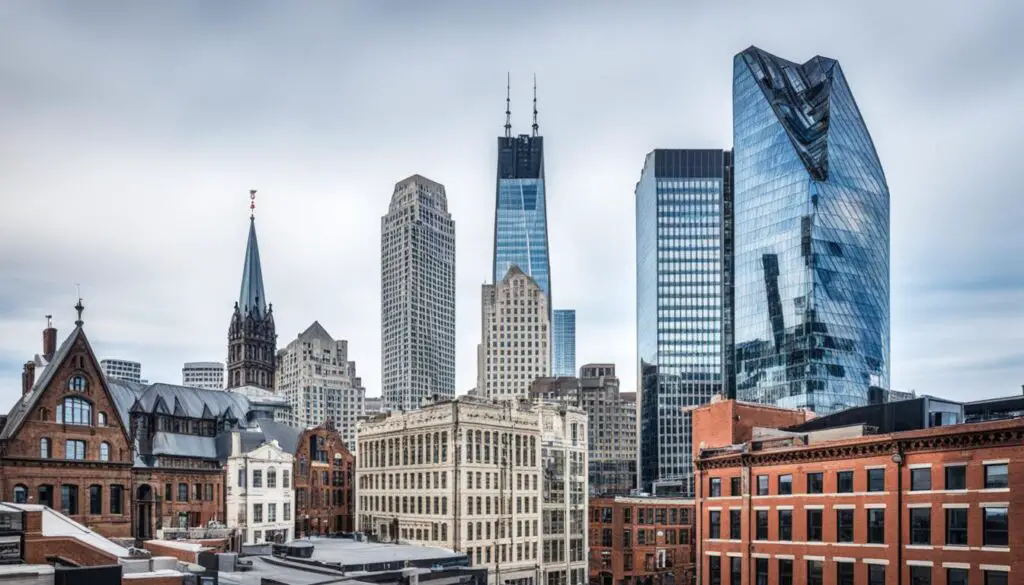
Furthermore, the use of sustainable materials and energy-efficient systems will play a crucial role in the future of heritage building conservation. As we strive for environmental sustainability, it is essential to minimize the carbon footprint associated with conservation efforts. By incorporating eco-friendly materials and energy-efficient technologies, we can reduce the environmental impact while preserving these valuable structures.
The ongoing development and adoption of these modern technologies and sustainable practices offer great promise for the future of heritage building conservation. By embracing innovation and exploring new approaches, we can ensure the long-term preservation of our cultural heritage for generations to come.
Conclusion
Heritage building conservation is not just about preserving physical structures; it is about safeguarding our historical and cultural heritage for future generations. By employing various techniques and embracing modern technologies, we can ensure that these architectural marvels continue to stand tall as symbols of our past.
The preservation efforts made today will have a lasting impact on the appreciation and understanding of our rich cultural significance. These buildings provide a tangible connection to our history, enabling us to pass down our collective memory to future generations.
Through heritage building conservation, we can witness the meticulous preservation efforts that go into maintaining the authenticity and integrity of these structures. From careful documentation and restoration to the use of sustainable materials, every step taken ensures that our heritage buildings will endure the test of time.
In preserving history through conservation, we not only protect physical structures but also cultivate a deep appreciation for our cultural legacy. Let us continue to prioritize heritage building conservation, cherishing the stories and memories these structures hold, as they are a testament to our past and a foundation for our future.



